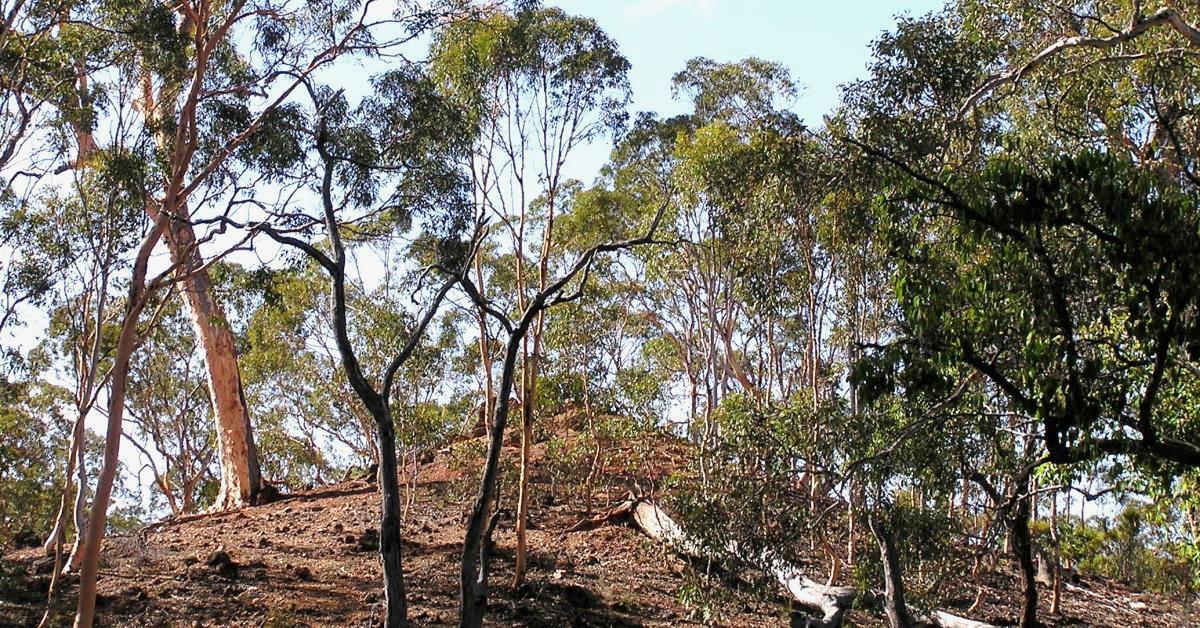Julimar Walk overview
This walk is within the Julimar Conservation Park, a large ‘island’ of remnant forest NE of Avon Valley National Park and east of Bindoon township. The Park is now an important reserve for native fauna conservation, but is also the target for a likely future mining proposal after a rare metals ore discovery just to the south in early 2020. The walk route crosses Julimar Brook twice and a few other side gullies, and also skirts the slopes bordering laterite-capped uplands. The extensive wandoo woodlands were severely impacted by a wildfire across the walk area in early 2007; This resulted in a dense and scratchy new understorey across most of the area which now makes a walk here hard-going and much less pleasant. It may be many years before the walking experience here is once again as enjoyable as it was prior to the fire. Meanwhile, walkers keen to experience the unique beauty of wandoo woodlands will prefer alternative WalkGPS walks in the nearby Toodyay region e.g. Flat Rock Gully Walk, Flat Rock Gully North Walk), or in Wandoo National Park and elsewhere.


